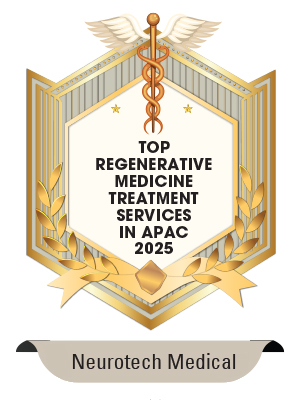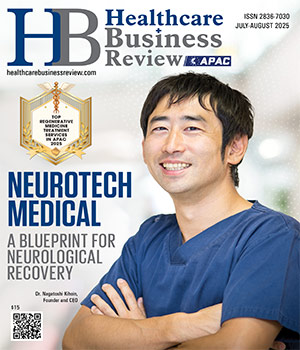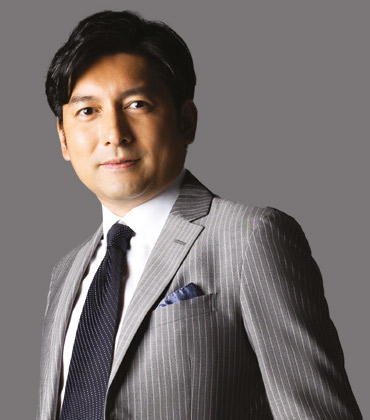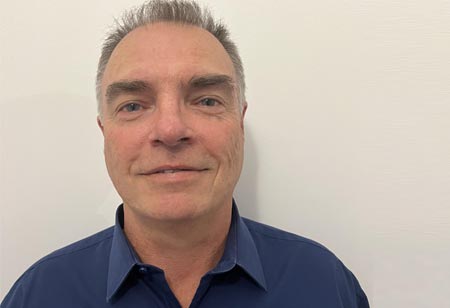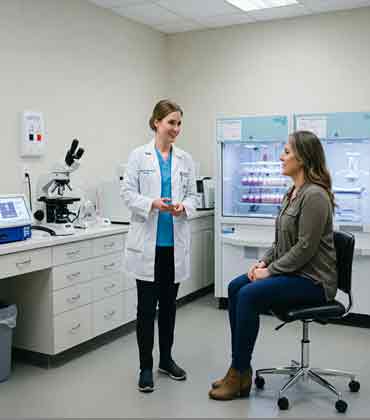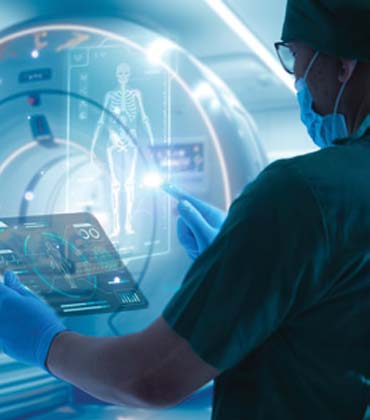Thank you for Subscribing to Healthcare Business Review Weekly Brief
Somewhere in Japan, inside a cutting-edge therapy room, a man in his sixties lifts two fingers on his right hand in a peace sign. A small gesture that can be easily overlooked unless you knew he once couldn’t move the right side of his body. A cerebral hemorrhage in 2023 had taken his mobility. In most hospitals, that diagnosis marks a turning point toward compromise. The goal becomes adaptation, not recovery. But for the clinical team at Neurotech Medical, that subtle hand movement spoke volumes. It represented years of scientific perseverance, a protocol refined through relentless inquiry and an unshakable belief that paralysis need not be permanent. What the world saw as miraculous, Neurotech framed as proof that neurological restoration is not only possible but programmable. At the heart of this possibility is ReNeuro, a proprietary therapeutic model designed not just to support the nervous system, but to retrain it. The protocol unites stem cell infusion, targeted neuromodulation and precision rehabilitation into a synchronized choreography of neuro recovery. Every intervention is deliberately calibrated to help patients adjust and reignite the brain’s capacity to rebuild. “ReNeuro is not about coping,” says Dr. Nagatoshi Kihoin, founder and CEO of Neurotech Medical. “It’s about restoring. That distinction defines everything we do.” Across the Asia-Pacific region, where strokes are rising in frequency and aging populations are testing the limits of traditional care, Neurotech’s model represents more than a medical breakthrough. It marks a public health pivot—a system built not around managing decline but facilitating return. And that peace sign? It was only the beginning. After just three ReNeuro sessions, the patient stood unaided, walked and regained function in his arm and leg. In doing so, he quietly demonstrated the power of science to defy prognosis and the depth of Neurotech’s commitment to changing the narrative.
Top Plastic Surgery Services Provider In Apac 2025
CLASS CLINIC, led by Dr. Shigeru Matsumoto, focuses on overall facial harmony. The clinics' 3D simulation tool ensures patient satisfaction, and they prioritize teamwork and education. Located in Tokyo, the clinic attracts high-profile patients seeking cosmetic excellence.
CXO INSIGHTS
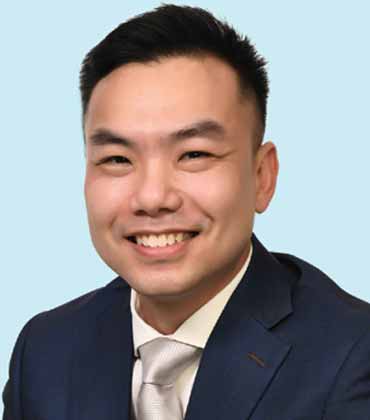
Drug Delivery in Interventional Nephrology
Dr. Christopher Leo, Chairman, Medicine Cluster, Raffles Internal Medicine Centre
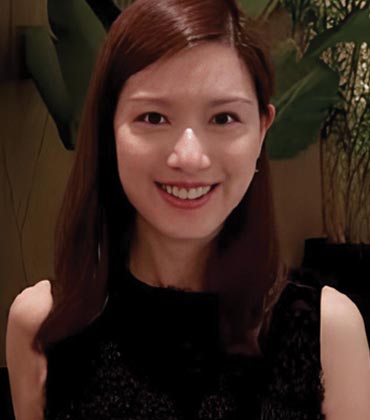
Technology Innovations in Hospital Medication Management
Carol Chow, MPharm / RLSGB, Head of Pharmacy & Research, Gleneagles Hospital Hong Kong
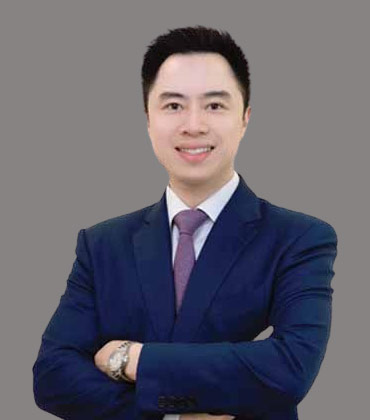
AI Adoption and Quality Improvement in Digital Healthcare
Alastair Mah, Vice President of Medical Affairs, United Family Healthcare
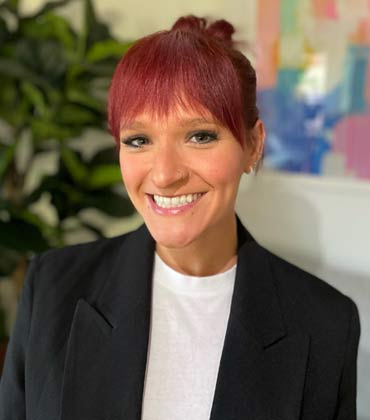
Harnessing Emotional Intelligence in Nursing Leadership
Whitney Johnson, Clinical Supervisor, and Group Reflective Practice Facilitator, Alfred Health

Journey of a Clinical Nurse Manager: Overcoming Challenges and Enhancing Patient Experience
Janene Lawrence, Clinical Nurse Manager (Medical), Hutt Valley DHB
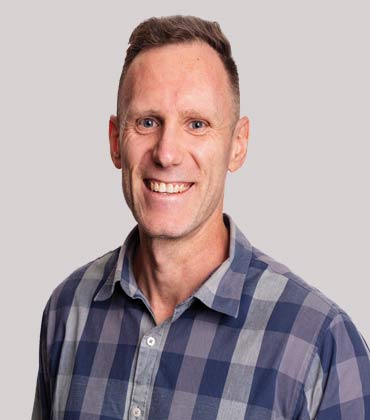
Redesigning Cancer Care Through Standardisation And Global Collaboration
Trent Aland, Executive Manager - Clinical Care, Icon Group
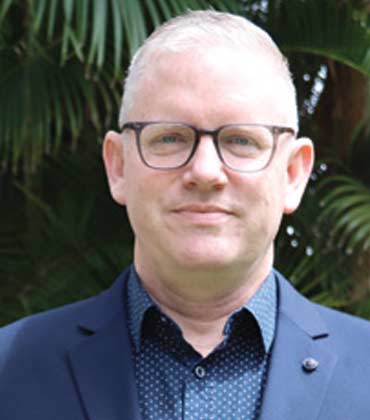
Treating Data As An Asset To Potential Liability
Scott Hardy, Business Intelligence Manager, Anglicare Southern Queensland
IN FOCUS
EDITORIAL
Changing the Face of Medicine with Regenerative Therapies
Regenerative medicine is rapidly transitioning from experimental therapy to a cornerstone of modern healthcare in the Asia-Pacific region. From Japan’s cutting-edge cell therapies to Australia’s pioneering tissue engineering and Singapore’s dynamic biotech ecosystem, APAC is emerging as a global hub for innovation in this transformative field. These advancements are enabling healthcare providers to address conditions once deemed untreatable, ranging from neurodegenerative disorders to complex orthopedic injuries. Driven by the growing demand for personalized, minimally invasive solutions, regenerative treatments are gaining momentum across public and private healthcare systems. Governments and institutions across the region are ramping up investments in clinical infrastructure, streamlining regulatory frameworks and fostering international partnerships to bring these therapies to patients faster. This surge of activity is also propelling a new generation of startups and biotech firms focused on stem cell research, gene editing and biologics tailored to APAC’s diverse populations. As regenerative medicine moves from the lab to the bedside, the focus is shifting toward real-world outcomes, equitable access and sustainable delivery models—ushering in a new era of patient-centered innovation across the region. This edition of Healthcare Business Review APAC explores the quiet but powerful integration of regenerative medicine into mainstream healthcare across the region. What began as niche research is now influencing clinical protocols, investment strategies and national health priorities. From evolving therapies to supportive policy shifts, the transformation is reshaping how care is delivered and what patients can expect from the future of medicine. The cover story features Neurotech Medical, a company at the forefront of regenerative treatment development. Combining cutting-edge autologous stem cell therapy with targeted neuromodulation and precision rehabilitation, Neurotech is redefining recovery for patients with neurological damage. With a strong R&D foundation and a clear clinical focus, the company is setting new benchmarks for innovation in APAC’s medtech landscape. We hope this edition offers valuable perspective on the innovations, challenges and opportunities shaping regenerative medicine across the Asia- Pacific region. As the field continues to evolve, we aim to inspire fresh thinking, create collaboration and support new approaches that move the industry and patient care forward. Let us know your thoughts!


